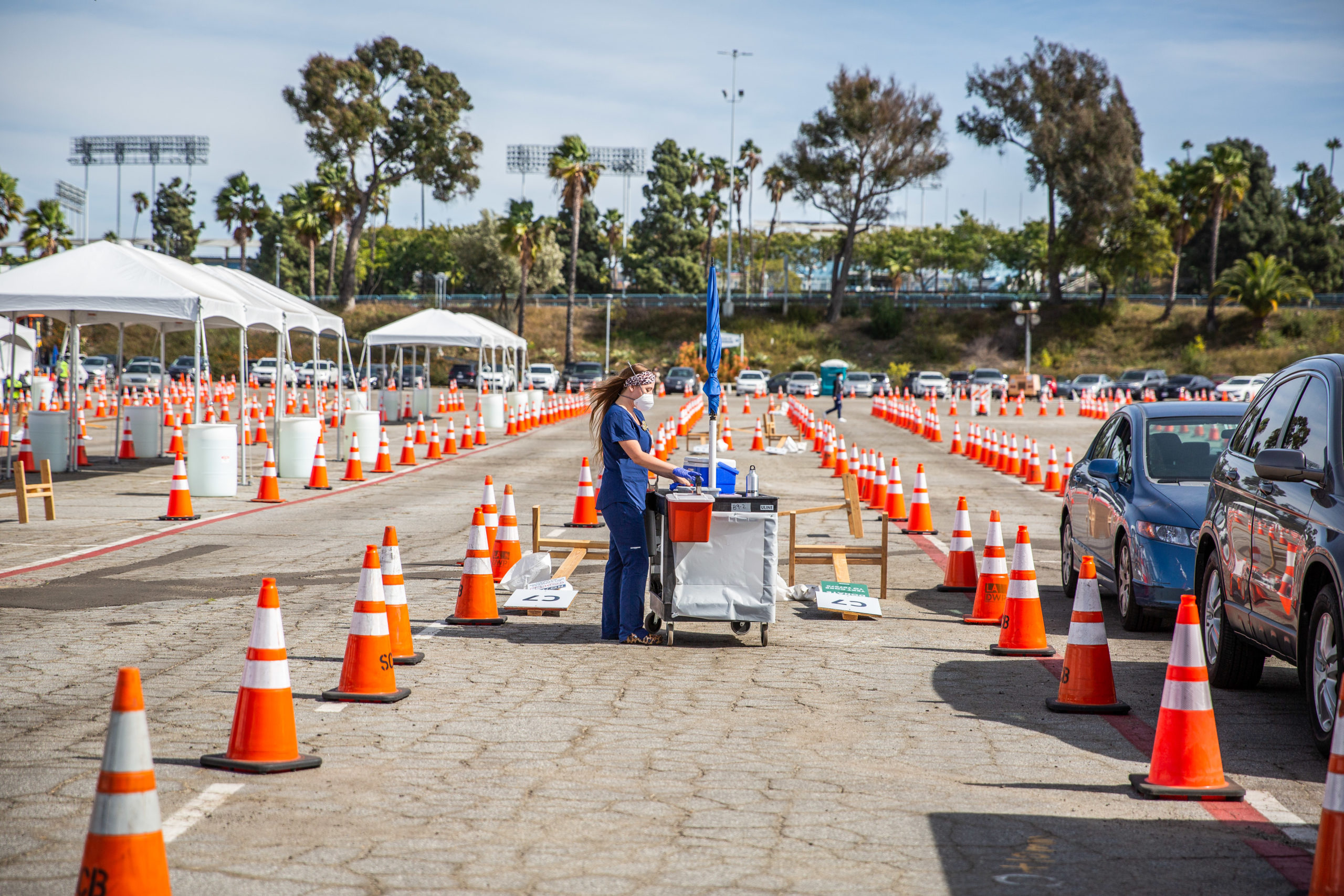One million deaths.

As the news media reported this week, deaths due to the COVID-19 pandemic in America have surpassed one million. That’s 1,000,000 parents, daughters, sons, aunts, uncles, friends and family members. My heart beats out of my chest, contemplating the loss.
The “events” that stood out for me growing up were the Space Shuttle Challenger disaster and the Gulf War. For my parents, it was the Cuban Missile Crisis and the assassination of John F. Kennedy. For my children, heading quickly toward eighth and eleventh grades, their “event” is a multi-year, poorly handled and devastating pandemic that includes school closures, lockdowns, isolation and uncertainty. My heart beats out of my chest for the havoc this pandemic is wreaking on all children.
Despite the devastation and the exhaustive reckoning the pandemic has had worldwide, we see how institutions of all stripes are ready to move past the pandemic and return to “business as usual.” That sentiment was equally expressed monetarily by foundations and corporations in 2021.
A decline in COVID-19 philanthropy
While foundations and corporations demonstrated wild and unprecedented generosity in 2020, giving dropped precipitously, and dare I say gravely, in 2021.
 The Center for Disaster Philanthropy, in close partnership with Candid, today released Philanthropy and COVID-19: Examining two years of giving. In the report, we learn that:
The Center for Disaster Philanthropy, in close partnership with Candid, today released Philanthropy and COVID-19: Examining two years of giving. In the report, we learn that:
- 229 U.S. private and community foundations, companies and high-net-worth individuals awarded $1 billion for COVID-19 in 2021 through 6,283 awards.
- 18% was explicitly designated as flexible funding or general support.
- Health, human service and education organizations received the highest shares of funding.
- More than one in five funding dollars (22%) was directed to organizations based outside the U.S.
- For domestic funding focused in the U.S., 27% of dollars was explicitly designated for racial and ethnic identities. Of this, 71% did not indicate a specific identity and, instead, was broadly designated for “racial equity” or “communities of color.”
My colleague and CDP president and CEO Patty McIlreavy wrote in her foreword, “As the report shows, the overwhelming desire to move on, to find solace in the immediate response being time-bound or addressed solely through the vaccine, is evident in the decreased funding prioritized for COVID-19. Even with the 31% decline in giving, U.S. foundations gave more than a billion dollars, a substantial amount compared to other disaster giving. However, the scale of the recovery needs from COVID-19 vastly outstrips this supply.”
Enormous needs for decades to come
We know this to be a fundamental truth: The scale of the world’s recovery needs from the pandemic is out of alignment with the financial resources needed to meet those recovery needs. Vaccine access, mental health resources and equity are three of the major issue areas that will require decades of sustained attention.
For vaccine access, we have the dual issue of vaccine hesitancy as well as physical availability to distribute vaccines in the Global South. Mental health issues among children, youth and older adults have skyrocketed, leading to a dizzyingly high need for mental health services.
The CDC states, “Race and ethnicity are risk markers for other underlying conditions that affect health, including socioeconomic status, access to health care, and exposure to the virus related to occupation, e.g., frontline, essential, and critical infrastructure workers.” As we state in our report, “CDP encourages grantmakers and donors to intentionally approach their COVID-19 philanthropy with an equity lens, which entails explicitly addressing the needs of marginalized populations disproportionately affected by the pandemic.”
A call to support equitable recovery
Full and equitable recovery will not happen without our hearts beating in unison. We need donors to:
- Increase support for marginalized communities.
- Provide flexible funding to grantee partners.
- Implement trust-based philanthropy.
- Fund as locally and grassroots as possible.
- Commit to transparency by sharing grants data with Candid.
I hope you will join me by continuing to give your human, financial and technical resources to meet the protracted needs driven by the pandemic.
Thank you
This report would not have been possible without the leadership support provided by the Irene W. and C.B. Pennington Foundation. We owe a debt of gratitude to Lori J. Bertman’s passion and dedication to bringing sound data and analysis to the critical space of disaster philanthropy.
Thank you to all the organizations that thoughtfully shared their data with Candid, which helped make this report and associated tools as robust as possible. Thanks, too, to the teams here at CDP and Candid who analyze the data, extrapolate its findings and turn data into stories.
And my thanks to our readers for your interest in disaster philanthropy. We hope that you find our findings helpful in identifying how you can maximize the impact of your giving.
Register now for “Philanthropy and COVID-19: Examing two years of giving and what’s next” hosted by the Council on Foundations. Candid’s Grace Sato, Greater Washington Community Foundation’s Tonia Wellons and our Vice President Regine A. Webster will provide recommendations for funders as the world continues to struggle with the impact of COVID-19. Lori Bertman, president and CEO of the Irene W. and C.B. Pennigton Foundation, will welcome attendees.
This post was updated on May 25, 2025, 6:16 p.m. ET.
